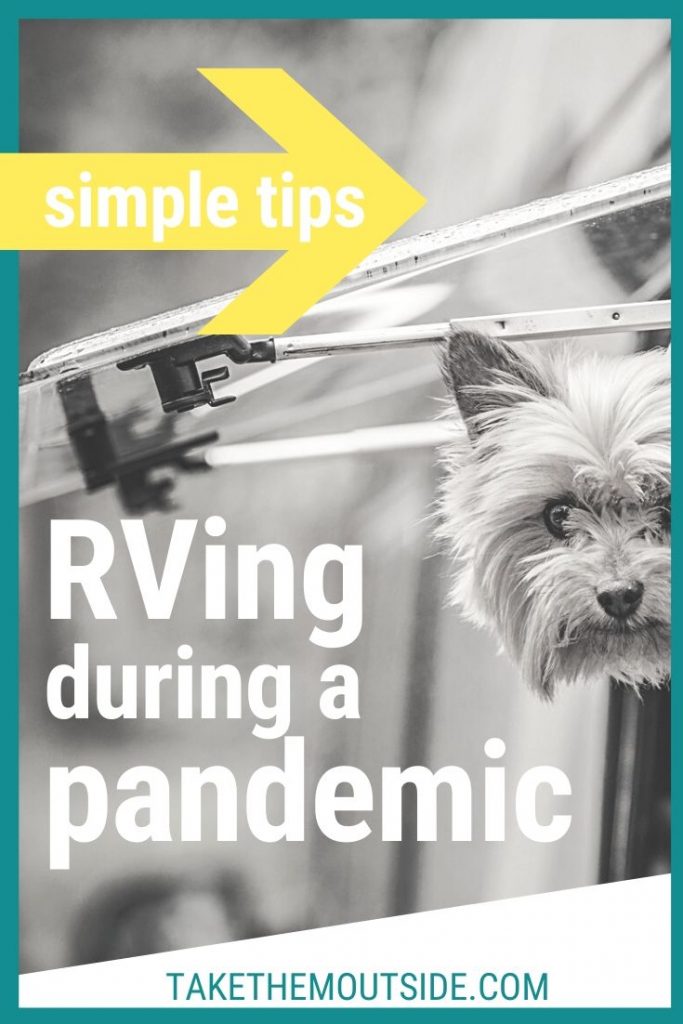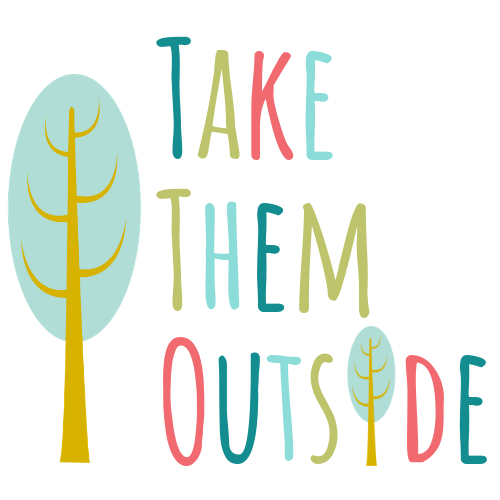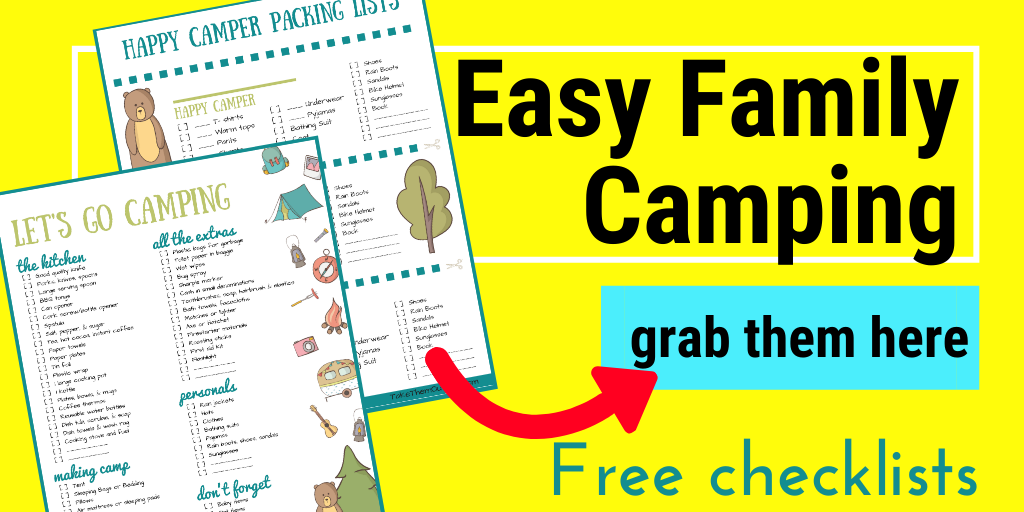It’s the summer of 2020 and maybe you’re feeling a bit adventure-starved?
Many families are starting to struggle with adapting and finding ways to adapt to living and going about as before, but within the parameters of this “new normal”. And, for many, camping and RVing is an activity they are desparate to get back to.
Is this you?
Hoping into your RV and hitting the road is one way you can keep your family distanced, stay relatively close to home, but also get a sense of freedom and adventure.
This post is in no ways a guideline to health measures, but is simply a run down of some of the commonsense ways to keep yourself safe while RVing in a time of pandemic. Please refer to your local health authority for the final direction on health measures and orders.
Here is the link to the government of Canada’s current health recommendations in relation to travel.
Here is the link to the the American Center for Disease Control’s recommendations regarding travel.

How to RV safely during a pandemic
Disinfect and clean your RV or camper
Before planning for an RV trip on your RV, firstly you need to disinfect your RV with the help of cleaning solutions. A thorough clean prior to your trip will just make the cleaning mid-trip easier!
If you are renting RV, then the company should be responsible for disinfecting the RV and it is assumed they will follow local health recommendations on doing this properly.
Bring along cleaning wipes and products so you can wipe surfaces frequently during your trip.
Ensure you have an easy way to wash or disinfect your hands prior to leaving the RV and on returning to the RV after stops along the road or exploring destinations.
Stay up-to-date on health and safety rules
If you are travelling it is your responsibility to ensure you are following regional health guidelines as these may vary from place to place.
For example, some places may have travel quarantine rules, expectations that people wear masks, or there may be road and attraction closures or limitations on visitor numbers.
Do your research prior to your trip by contacting destinations and visiting other regions’s health authority websites. Also, ensure you keep up to date with news and recommendations as you travel, to make sure you’re aware of changes as they happen.
Be prepared, be safe
Carry personal protection equipment for everyone who is travelling. Stock up with these supplies prior to your trip instead of purchasing this at your destination.
Some items you should be bringing along include face masks and gloves, hand sanitizer, and disinfectant wipes or cleaner.
You may also want to carry a thermometer for checking your temperature, and some basic medication so that if you do fall ill on your trip you won’t need to go to the pharmacy for supplies.
Another smart and considerate thing you can do is stock up on groceries and supplies as much as you can at home prior to your trip. This both removes the pressure on destination grocery stores and keeps less tourists out of stores at the popular locations.
Here are some general guidelines to help stop the spread germs:
- Wear masks when you can not maintain a distance of 2 meters (6 feet) to others
- Use hand sanitizer and wash your hands frequently, before and after interacting with others – this includes getting gas, buying supplies, visiting attractions, using public washrooms, ect
- Cover coughs, and dispose of tissues promptly into appropriate trash containers
- Use proper hand washing and make sure you children do as well
- Avoiding touching your face (or your children’s faces)
- Disinfect frequently touched surfaces
Safe eating
If you’re like me, eating out at new and exciting places is all part of the adventure… but, things are different these days.
Again, you’ll want to make sure you understand local eatery rules and restrictions.
Keep in mind that with every new location you visit you are increasing your risk for exposure to new germs as well as increasing the risk that you are carrying these new germs into that community.
So, if you can stock up on groceries and lots of easy to eat and prepare foods before your trip you’ll be lessening the number of food and supply stops during your trip.
Keep to open spaces
Choose wide open spaces to visit instead of crowded places. Think outdoor trails, and nature reserves instead of visiting amusement parks or museums.
When considering your campgrounds, look at spacing between sites, and public ammenities.
Many people are opting out for wilderness camping (or boon-docking) this summer to avoid crowds and others.
This post has some practical advice for proper wilderness camping etiquette.
And, when you’re not in open spaces, remember to respect the 2 meter (6 foot) distancing recommendation. If this is not possible, the current recommendation is to wear a mask.
Lastly, consider travelling closer to home
I know that there are so many beautiful and new and exciting places to explore. But, maybe this year just isn’t the year to visit. Maybe this is the year to appreciate and learn more about the hidden treasures closer to your home.
Wherever or however you do decide to go RVing, please do so with an increased sense of responsibility for those around you.



